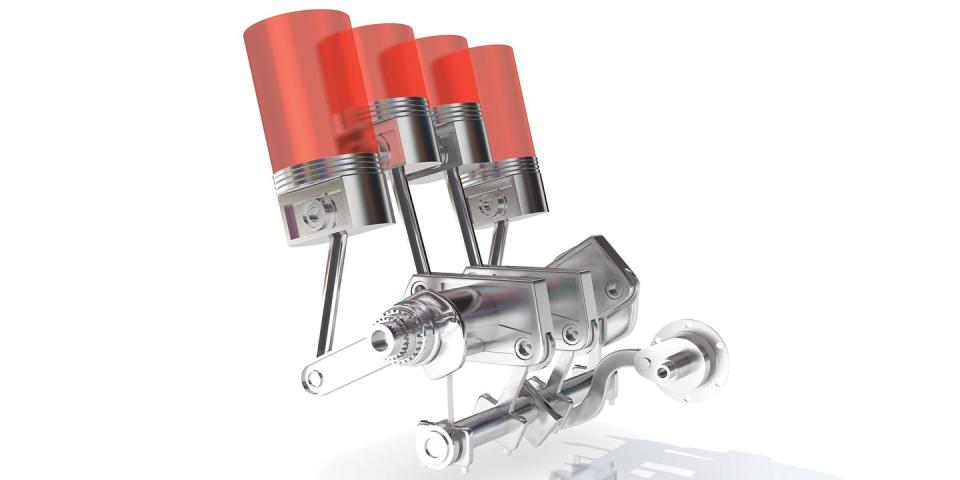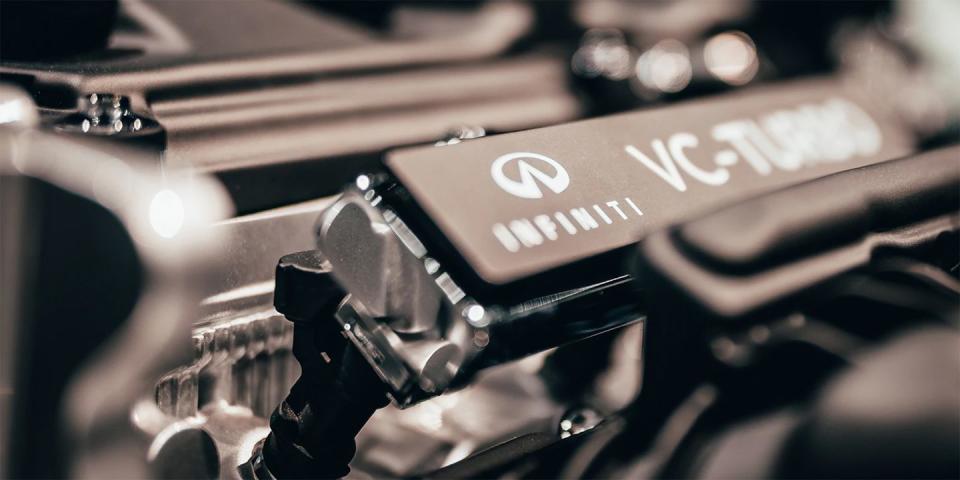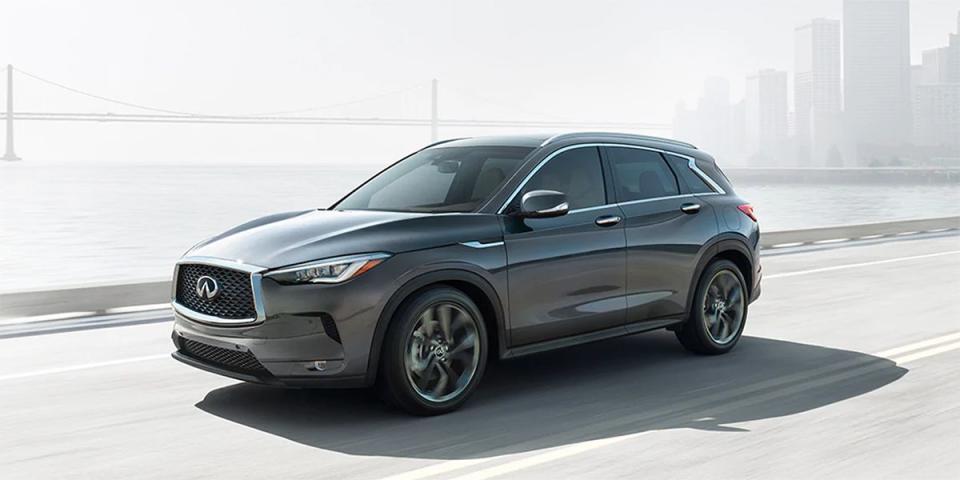The Variable-Compression Engine Might Not Be the Holy Grail We Expected

As we near the end of the road for internal-combustion engines, manufacturers are spending big money to eke out small gains in fuel economy. The latest miracle is Nissan’s VC-T engine, the first production engine with the ability to physically alter its compression ratio.
This story originally appeared in the July 2019 issue of Road & Track.
This has been a holy-grail capability for a century, and Nissan admits it took 20 years of R&D to get it into production. That surely cost billions of dollars, which will ultimately be passed on to customers, but the payback promises to be an engine optimized for both fuel economy and power output.
Engines operate most efficiently with a high compression ratio. Unfortunately, high compression generates extra heat, which in turn encourages engine-damaging detonation—when the air-fuel mixture explodes spontaneously before the spark plug fires. Turbocharged engines running at high boost levels are especially susceptible to detonation, so engineers have long had to choose between high compression with moderate boost and low compression with big boost. Nissan’s VC-T engine eliminates this compromise, running at high compression ratios (up to 14.0:1) under light load and as low as 8.0:1 under full boost.

In its first application, the Infiniti QX50, the technology works seamlessly, save for what sounds ominously similar to rod-bearing knock at very low revs and load. The QX50’s turbocharged 2.0-liter four-cylinder VC-T pumps out an entirely conventional 268 hp and 280 lb-ft of torque, so clearly Nissan’s decades-long struggle must have paid off in fuel economy.
Or not. Compare the EPA ratings of the QX50 with those of the similarly sized BMW X3—a far less fuel-efficient rear-wheel-drive design with an eight-speed automatic in place of the Infiniti’s front-wheel drive and CVT—and the Japanese competitor wins by only 1 mpg. By the EPA’s estimate, you’d save just $50 in fuel per year by choosing the Infiniti over the BMW. Ouch. It’d be one thing if the QX50 dusted the BMW in acceleration, but it can’t keep up. Double ouch.
The QX50 itself is a thing of beauty—insofar as a crossover can be beautiful. It has a real back seat, unlike its predecessor. That thing’s 911-sized rear was appropriate because it drove like a Porsche, with brilliant rear-wheel-drive dynamics and a screaming 7800-rpm six-pot under the hood. Maybe that’s why the last one I drove averaged 13 mpg.

But when a QX50 test car recently rolled into my driveway, what I noticed first wasn’t its looks or back seat. It was the build quality. The gap between the front-passenger door and fender was so large, I could clearly see the hinge through it. In some places, body panels looked as if they were designed for different cars—the hatch fit perfectly at the base of its window but not at the bottom. Trim pieces interrupted by body cutlines didn’t line up in any of three dimensions. Some were also mismatched in color. Clearly things aren’t off to a good start at Infiniti’s brand-new plant in Mexico, where the QX50 is assembled. Instead of spending so much money on the VC-T engine’s costly development, Nissan would have been better off had it invested in proper engineering, tooling, and assembly for the body and interior. Or maybe just $20 per car to upgrade the ungrained, cheap plastic on the center console.
The VC-T engine makes its way into the new Altima this year (albeit with 20 fewer horsepower). There, it returns impressive fuel economy. The EPA says the Altima will do 29 mpg combined. Problem is, a Toyota Camry hybrid gets 52 mpg. At this point in the history of the automobile, any large investment in fuel economy needs to be in electrification—Nissan’s own Leaf scores an MPGe rating of 112.
That seems great until you look at the vastly quicker and sexier Tesla Model 3, which reaches 130 MPGe. And while the world pans Elon Musk’s company for its cars’ Trabant-like build quality, its panel gaps are no worse than the Infiniti’s. But at least Teslas deliver big-time on their efficiency promises.
You Might Also Like

 Yahoo Autos
Yahoo Autos 